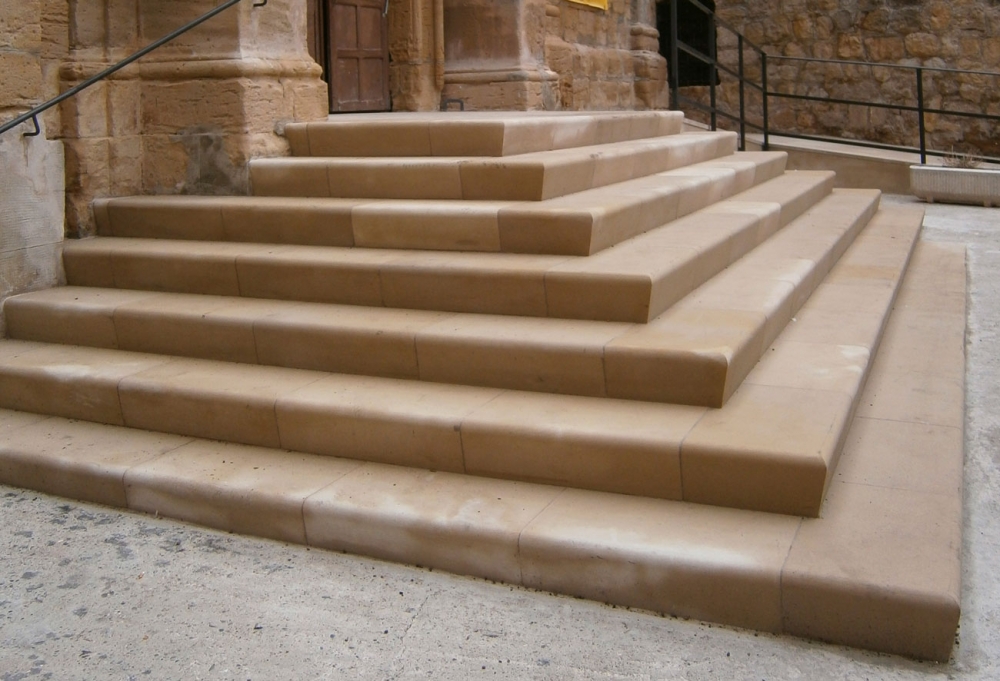Stones has intrigued people for decades, acting as a bedrock for our structures, craft, and heritage. As time advances, the damage on stone surfaces can degrade their visual charm and sturdiness. This is wherein the skills of restoration specialists comes into action. These professionals not only revive the glow of the stones but also contribute to preserving historical narratives and architectural significance.
In the following article, we examine the realm of stone conservation through the perspectives of top professionals who have committed their lives to this complex craft. We will delve into important details on the best ways to start your home restoration journey, point out typical errors to avoid, and underscore the value of upkeeping stone exteriors to preserve their long-lasting beauty. Whether you are looking to revitalize a beloved family heirloom or improve the grace of your house, comprehending the subtleties of stone conservation is vital in selecting appropriately.
Crucial Tips for Rock Restoration
When think about stone repair, the initial action is to evaluate the condition of the rock areas. Look for indicators of wear, such as fissures, stains, or fading. Determining the type of stone is crucial since different materials require particular repair techniques. Make notes of any issue areas so that you can tackle them effectively during the repair procedure.
Following this, it is crucial to select the right clean-up method. Steer clear of harsh chemicals that can damage the rock. Instead, choose pH-balanced cleaners specifically designed for stone surfaces. For general cleaning, a blend of water and gentle detergent can be effective. Always try out a hidden area initially to make sure that it does not bring about any adverse effects. This step will help maintain the integrity of the rock while achieving a fresh look.
Lastly, once the stone is cleaned and restored, caring for it is essential to extend its longevity. Applying a rock sealer helps guard against blemishes and water ingress. Routine cleaning, combined with preventative measures, will maintain your stone areas looking immaculate for years to follow. Additionally, educate yourself on the specific needs of your rock kind to guarantee the best maintenance practices are followed.
Maintaining Your Home's Exterior

Upkeeping your home’s exterior is essential for sustaining its overall aesthetic and functionality. Routine cleaning is key, particularly for natural surfaces. Grouped dirt, grime, and algae can not only tarnish the look but also cause long-term damage if ignored. Regularly planned cleaning sessions can aid retain the exterior in excellent condition, guaranteeing that any blemishes or infestations are quickly addressed.
Besides cleaning, it’s crucial to check for damage regularly. Check cracks, discoloration, or signs of wear that may suggest underlying issues. Early detection can prevent significant repair costs in the future. When it comes to natural surfaces, knowing the specific type of stone is vital for choosing the right repair methods and materials. Consulting a professional can offer insight into the best approaches for upkeeping your home’s unique features.
Ultimately, preventative actions can greatly enhance the longevity of your home’s exterior. Using who handles commercial marble polishing in sydney to rock surfaces can protect against liquid and UV damage. Additionally, garden planning should factor in drainage and moisture control to prevent ground erosion and damage from flora. By actively upkeeping your home’s exterior, you can protect its beauty and structural integrity for a long time.
Advancements in Restoration Techniques
The domain of stone restoration is rapidly evolving, thanks to advancements in tools and materials. Novel techniques such as laser cleaning are revolutionizing in the industry by allowing professionals to eradicate dirt, grime, and pollutants from stone surfaces without damaging the underlying material. This meticulous approach not only ensures the protection of historic features but also minimizes the need for harmful chemicals, making the process more environmentally friendly.
Another significant advance in stone restoration is the use of bio-based materials and treatments. These environmentally friendly alternatives harness natural compounds to restore and protect stone, improving its durability and look. By utilizing materials derived from sustainable sources, restorers can maintain the quality of historic structures while contributing to sustainable practices in the construction and restoration fields.
Furthermore, digital technology is assuming an increasingly important role in restoration projects. Three-dimensional scanning and modeling allow experts to generate accurate models of stone surfaces, enabling them to map out precise restoration strategies. This level of specificity not only aids in the preservation of cultural accuracy but also improves the restoration process, making it more productive in today's fast-paced construction environment.
